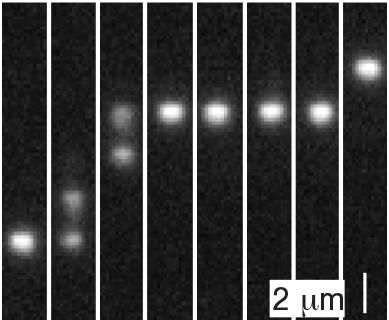Controlling regioselectivity
Advertisement
Aromatic C-H bond activation is arguably one of the most synthetically useful reactions in the organic chemist’s toolbox. It is widely used to confer specific functionalities onto a wide variety of substrates, via the formation of C-C bonds.
Regioselectivity is crucial in these reactions, particularly when applied to natural product or drug synthesis, where tiny changes in group placement around a ring can have massive impact on a compound’s properties. It has been shown that the presence of an aniline group directs C-H activation to the ortho position, with formation of one isomer greatly favoured over the other, but little is known about the mechanism by which this directing effect occurs.
John Brown, of the University of Oxford, has led a team in an investigation of the cause of this selectivity and, by looking at the formation of synthetically important palladocycle intermediates, has gained some interesting insights that, he hopes, will provide a ‘more complete picture’ for synthetic chemists; he explains that ‘too much catalytic chemistry is based on empirical approaches, and we need more predictive power so that rational approaches have more value’.
Brown and his team studied the effect of both acetanilide and urea directing groups on the activation of a neighbouring TMS-aryl bond for the formation of palladocycle intermediates; they found that both groups effectively direct the activation of the TMS-aryl bond.
Observations of the comparative rates of bond activation in the amide and urea substituted derivatives showed that the presence of urea on the ring greatly enhances the rate of bond activation, showing that urea groups are superior to acetanilides for the direction and enhancement of C-H activation reactions.
This new insight has potential uses in synthetic chemistry, as the rate limiting step of many palladium catalysed C-H activation reactions is the formation of the palladocycle intermediate. In addition to increasing the rate of the reaction, ureas are easily hydrolysed from the final product under mild conditions, making industrial application of this technique a real possibility. Brown hopes that further studies of this type will give synthetic chemists ‘the ability to synthesise simple aromatic compounds with full control of substitution pattern and with gentle reagents’.
Original article: John M. Brown et. al., Chem. Commun. 2009
Other news from the department science
Most read news
More news from our other portals
See the theme worlds for related content
Topic world Synthesis
Chemical synthesis is at the heart of modern chemistry and enables the targeted production of molecules with specific properties. By combining starting materials in defined reaction conditions, chemists can create a wide range of compounds, from simple molecules to complex active ingredients.

Topic world Synthesis
Chemical synthesis is at the heart of modern chemistry and enables the targeted production of molecules with specific properties. By combining starting materials in defined reaction conditions, chemists can create a wide range of compounds, from simple molecules to complex active ingredients.
































































